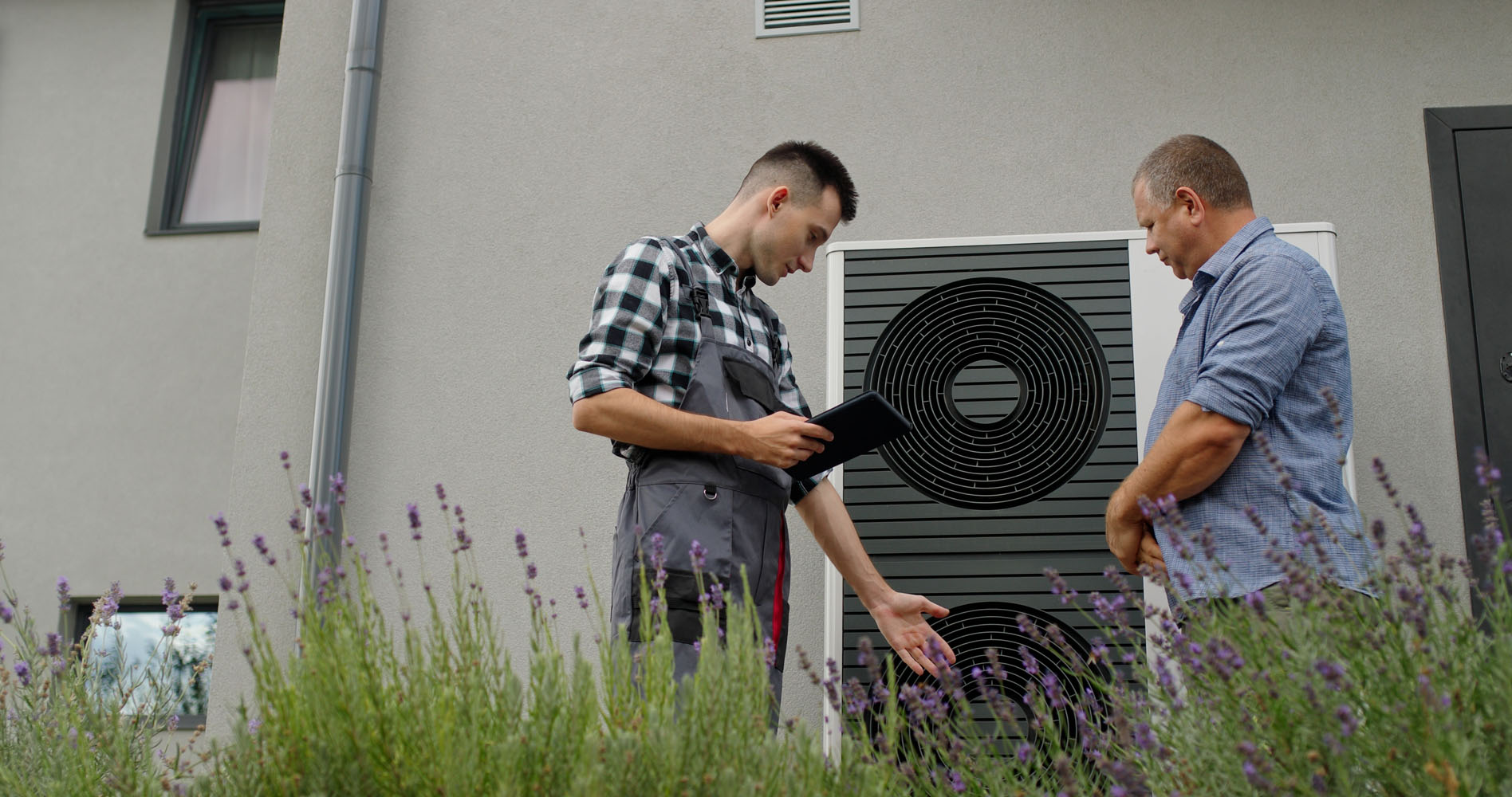For homeowners weighing the decision between gas and electric systems, cost is a critical factor. Both types of systems come with their own set of upfront and ongoing costs, and understanding how these expenses break down can help you make an informed choice. In this article, we’ll take a closer look at the cost of gas and electric heating and cooling systems, focusing on both upfront installation costs and long-term running costs.
1. Upfront Costs: Installation and Equipment
The upfront costs of gas and electric systems can vary significantly depending on the type of system you choose and whether your home is already equipped with gas or electric infrastructure.
- Gas Systems: Gas heating systems, such as ducted gas heaters or wall-mounted gas heaters, often have lower upfront costs than electric systems. For example, a basic gas heater can cost between $1,500 and $3,500 to install, depending on the size of your home and the system’s complexity. If your home already has a gas connection, these costs will be lower. However, if you need to install a gas line, this can add several thousand dollars to your installation costs.
- Electric Systems: Electric heating and cooling systems, especially reverse-cycle air conditioners or heat pumps, can have higher upfront costs. A heat pump system might cost between $3,000 and $7,000 to install, but they offer both heating and cooling, which can reduce overall costs if you need a system for both functions. The higher efficiency of electric systems also means that, over time, they may provide better value.
2. Running Costs: Gas vs. Electric
The running costs of heating and cooling systems are where the biggest differences between gas and electric systems become apparent. These ongoing costs are driven by the energy efficiency of the system and the price of gas versus electricity.
- Gas Running Costs: Gas prices have been rising in recent years, and in Victoria, gas heating can be expensive to run. For a typical household, gas heating costs can range from $800 to $1,500 per year, depending on usage, system efficiency, and the price of gas in your area.
- Electric Running Costs: Electric systems, particularly heat pumps and reverse-cycle air conditioners, are much more efficient than gas heaters. These systems use less energy to produce the same amount of heat, which means lower running costs. Depending on your home and usage patterns, electric heating costs can range from $500 to $900 per year. If you have solar panels, you can further reduce these costs by using the electricity generated by your solar system to power your electric heater.
3. Maintenance Costs
Another cost consideration is maintenance. Both gas and electric systems require regular maintenance to ensure they operate efficiently and safely, but the frequency and cost of this maintenance can differ.
- Gas Systems: Gas heaters require regular servicing, typically every 1-2 years, to check for leaks, ensure safe operation, and maintain efficiency. A gas heater service can cost between $150 and $300, depending on the system and the work required.
- Electric Systems: Electric heat pumps and reverse-cycle air conditioners also need maintenance, but they generally require less frequent servicing than gas systems. A typical service for an electric system might cost $100 to $250and is usually needed every 2-3 years.
4. Long-Term Costs and Savings
While gas systems may have lower upfront costs, the long-term savings of electric systems often make them the better investment. Here’s why:
- Gas Price Increases: Gas prices are projected to continue rising in Australia due to supply constraints and global demand. This makes gas systems more expensive to run in the long term, especially for homeowners who rely heavily on heating during Victoria’s cold winters.
- Electric Systems Paired with Solar: For homeowners with solar panels, electric systems offer significant savings. You can use the electricity generated by your solar system to power your heat pump or reverse-cycle air conditioner, dramatically reducing or even eliminating your heating and cooling costs. This is one of the key advantages of switching to electric systems, as gas systems can’t be powered by renewable energy.
- Government Incentives: Victorian homeowners can take advantage of government incentives for switching to electric systems. Programs like Solar Victoria and the Victorian Energy Upgrades (VEU) program offer rebates for installing energy-efficient electric heating and cooling systems, further reducing your upfront costs.
5. Total Cost of Ownership: Gas vs. Electric
When considering the total cost of ownership (upfront costs, running costs, and maintenance), electric systems often come out ahead over the long term. While gas systems may seem cheaper initially, their higher running costs and reliance on fossil fuels make them more expensive in the long run.
- Example: A gas heater might cost $2,000 to install and $1,200 per year to run, while an electric heat pump might cost $5,000 to install but only $600 per year to run. Over 10 years, the total cost of the gas system would be $14,000, while the electric system would cost $11,000—a significant difference in overall costs.
Conclusion: When it comes to cost, electric heating and cooling systems are typically the better long-term investment compared to gas systems. While gas heaters may have lower upfront costs, rising gas prices and the superior efficiency of electric systems, particularly when paired with solar panels, make electric systems more cost-effective over time. Additionally, with government incentives and rebates available for electric systems, making the switch can be more affordable than ever.







